The Tiny Terrors: Unmasking the Problem with Microbeads in Beauty Products

For years, many of us unknowingly scrubbed our way to seemingly smoother skin with beauty products that contained a hidden environmental menace: microbeads. These minuscule plastic particles, often touted for their exfoliating properties, have quietly infiltrated our skincare routines, our waterways, and ultimately, our ecosystems. While some regulations have aimed to curb their use, understanding the pervasive problem of microbeads in beauty products remains crucial for making informed choices and advocating for a truly sustainable future for our personal care and our planet.
This exploration delves deep into the insidious issue of microbeads in beauty products. We will uncover what they are, why they were used, the significant environmental harm they cause, and what steps have been taken (and still need to be taken) to address this problem. Our objective is to thoroughly educate you on this critical environmental concern, encouraging and inspiring you to recognize the lasting impact of these tiny terrors and to make conscious choices that protect our delicate ecosystems.
What Exactly Are Microbeads and Why Were They Used?
Microbeads are tiny, manufactured plastic particles, typically less than one millimeter in diameter. They were commonly found in a wide array of rinse-off beauty and personal care products, including facial scrubs, body washes, toothpaste, and even some makeup. These minuscule spheres were primarily used as exfoliants, providing a scrubbing sensation to remove dead skin cells and surface impurities.
The appeal of microbeads to manufacturers was multifaceted: they were inexpensive to produce, offered a consistent and uniform abrasive texture, and were easily incorporated into various formulations. Unlike natural exfoliants like ground seeds, salt, or sugar, plastic microbeads didn't dissolve in water and maintained their scrubbing power throughout the product's use. This seemingly convenient and cost-effective solution, however, masked a significant environmental threat.
The Environmental Nightmare: The Journey of Microbeads Beyond Our Bathrooms
The very properties that made microbeads attractive to manufacturers are what render them so environmentally damaging. Because of their tiny size, they easily pass through wastewater treatment plant filtration systems. These facilities are not designed to capture such minuscule plastic particles. As a result, billions of microbeads end up being discharged into our rivers, lakes, and oceans.
Once in aquatic environments, these plastic particles persist indefinitely, as they do not readily biodegrade. Their small size makes them easily ingested by a wide range of marine life, from microscopic plankton to larger fish and shellfish. These organisms mistake the microbeads for food, leading to a host of detrimental effects:
- False Satiation and Reduced Feeding: Ingesting plastic fills the stomachs of marine animals, creating a false sense of fullness and reducing their intake of actual nutritious food. This can lead to malnutrition, starvation, and ultimately, death.
- Bioaccumulation and Biomagnification: As smaller organisms consume microbeads, these plastic particles and any toxins they have absorbed can move up the food chain. Larger predators that consume these smaller organisms accumulate higher concentrations of plastic and associated pollutants in their bodies. This process, known as biomagnification, can have serious consequences for top predators, including marine mammals and seabirds, and potentially even humans who consume seafood.
- Toxicity and Chemical Transfer: Plastics are known to absorb persistent organic pollutants (POPs) from the surrounding water, effectively acting as carriers of these harmful chemicals. When ingested by marine life, these toxins can leach into their tissues, causing a range of health problems, including reproductive issues, immune system dysfunction, and developmental abnormalities. Furthermore, the plastics themselves can contain additives and manufacturing byproducts that are also toxic.
- Physical Harm: The sharp edges of fragmented microbeads can cause physical damage to the digestive tracts of marine organisms.
The Regulatory Response: A Step in the Right Direction, But Not the End of the Story
Recognizing the severe environmental consequences of microbeads, many countries and regions have taken steps to ban or restrict their use in rinse-off cosmetic and personal care products. The United States, Canada, the European Union, and several other nations have implemented legislation aimed at phasing out microbeads in these specific product categories.
These regulations represent a significant victory for environmental advocacy and have undoubtedly reduced the influx of new microbeads into our waterways. However, it's crucial to acknowledge that these bans often have limitations. They primarily target rinse-off products, leaving the door open for the continued use of microplastics in leave-on cosmetics like some sunscreens and makeup, as well as in other industrial applications.
Furthermore, the legacy of the microbeads already released into the environment persists. These tiny plastic particles will remain in our ecosystems for centuries, continuing to pose a threat to marine life. This underscores the importance of preventing further plastic pollution of all forms.
Beyond the Ban: What We Can Do and Why It Still Matters
While regulations are essential, individual awareness and conscious consumer choices remain vital in addressing the broader issue of microplastic pollution. Here's what we can do:
- Be a Conscious Consumer: Even though microbeads in rinse-off products are largely phased out in many regions, it's still prudent to check ingredient lists, especially when purchasing products from overseas or less regulated markets. Look for ingredients like polyethylene (PE), polypropylene (PP), polyethylene terephthalate (PET), polymethyl methacrylate (PMMA), and nylon-12.
- Support Brands Committed to Sustainability: Choose brands that prioritize natural exfoliants and sustainable packaging. Many companies have already transitioned to using alternatives like ground fruit seeds, sugar, salt, jojoba beads, and biodegradable cellulose.
- Advocate for Broader Regulations: Support organizations and initiatives that are working towards more comprehensive regulations on all forms of microplastics in various industries, including leave-on cosmetics and industrial applications.
- Reduce Our Overall Plastic Consumption: The problem of microbeads is part of a larger issue of plastic pollution. By reducing our overall consumption of single-use plastics and supporting efforts towards a circular economy, we can help to mitigate the flow of all types of plastic into the environment.
- Educate Others: Talk to your friends and family about the problem of microplastics and encourage them to make informed choices.
The story of microbeads serves as a stark reminder of how seemingly small and convenient ingredients can have far-reaching and detrimental environmental consequences. While progress has been made through regulatory action, vigilance and conscious consumerism remain essential. By understanding the lasting impact of these tiny terrors, we can continue to advocate for a cleaner, healthier planet and make choices that reflect a genuine commitment to sustainability, ensuring that our pursuit of personal care doesn't come at the irreversible expense of our delicate ecosystems.
Related Blogs
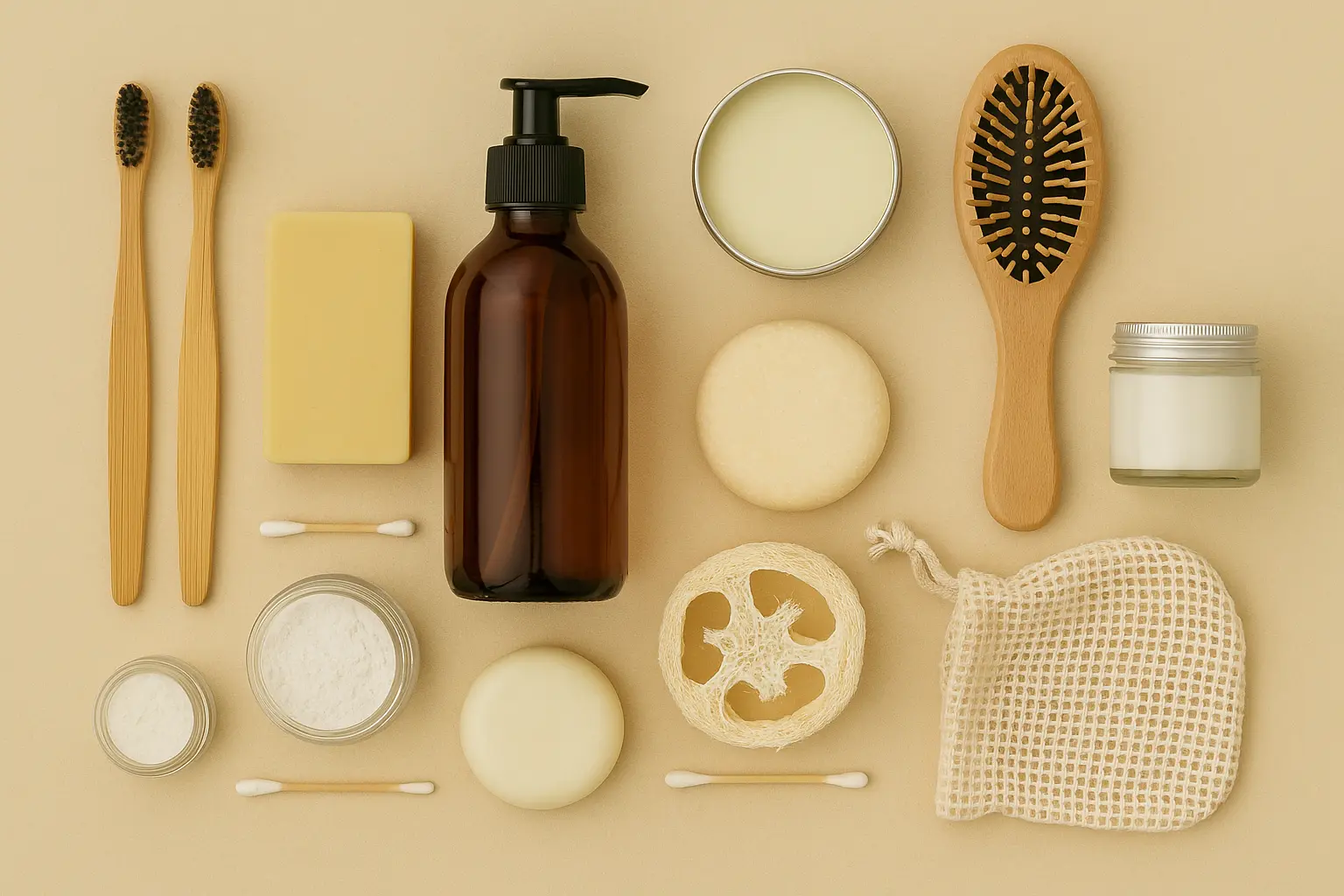
Stepping Lightly into Self-Care: Your Expansive Guide to the Best Zero-Waste Personal Care Swaps for Beginners
Insights on best zero-waste personal care swaps for beginners in a sustainable way.
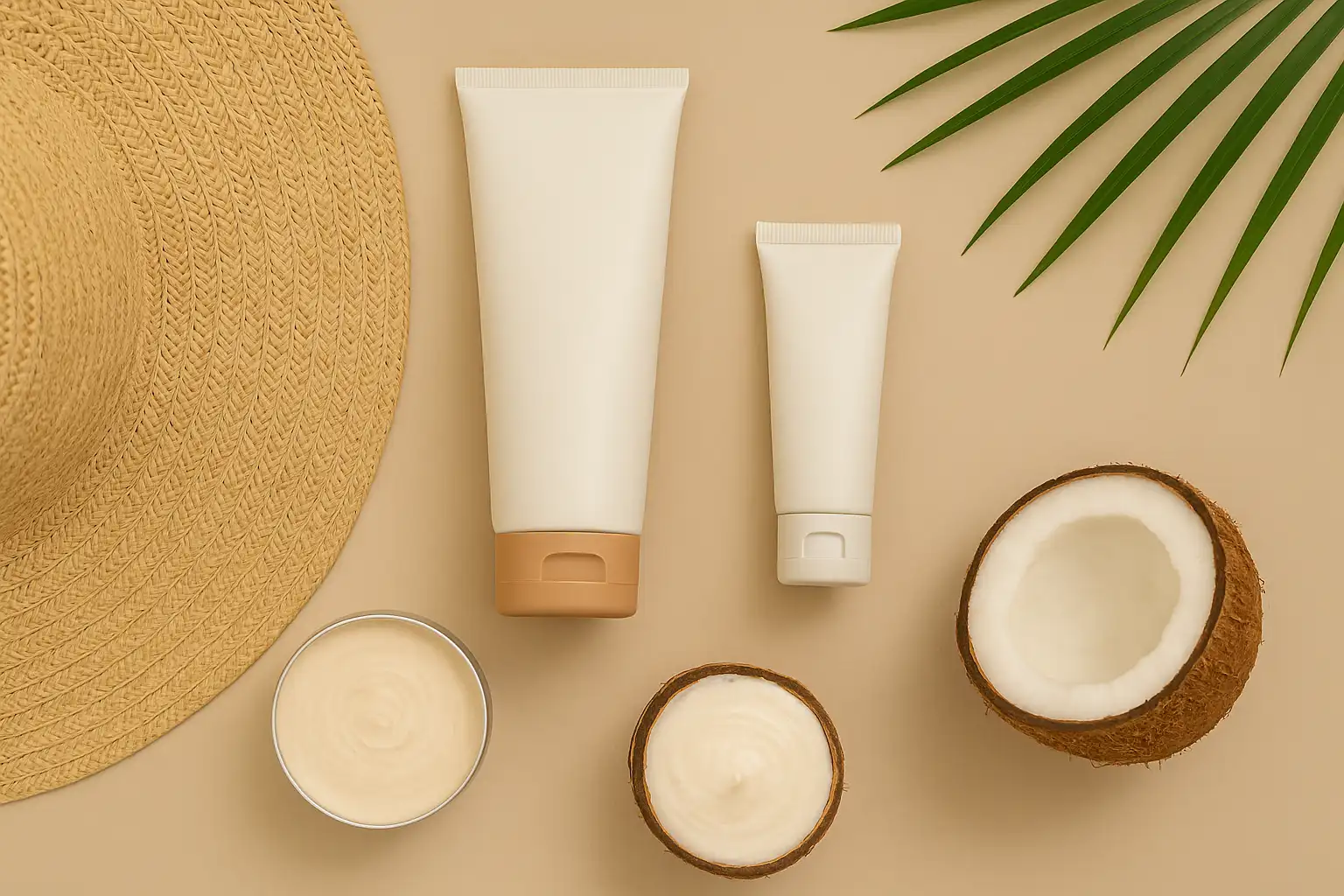
Shielding Your Skin, Protecting Our Oceans: The Essential Guide to Clean, Reef-Safe Sunscreens
Insights on clean sunscreens that don’t harm coral reefs in a sustainable way.
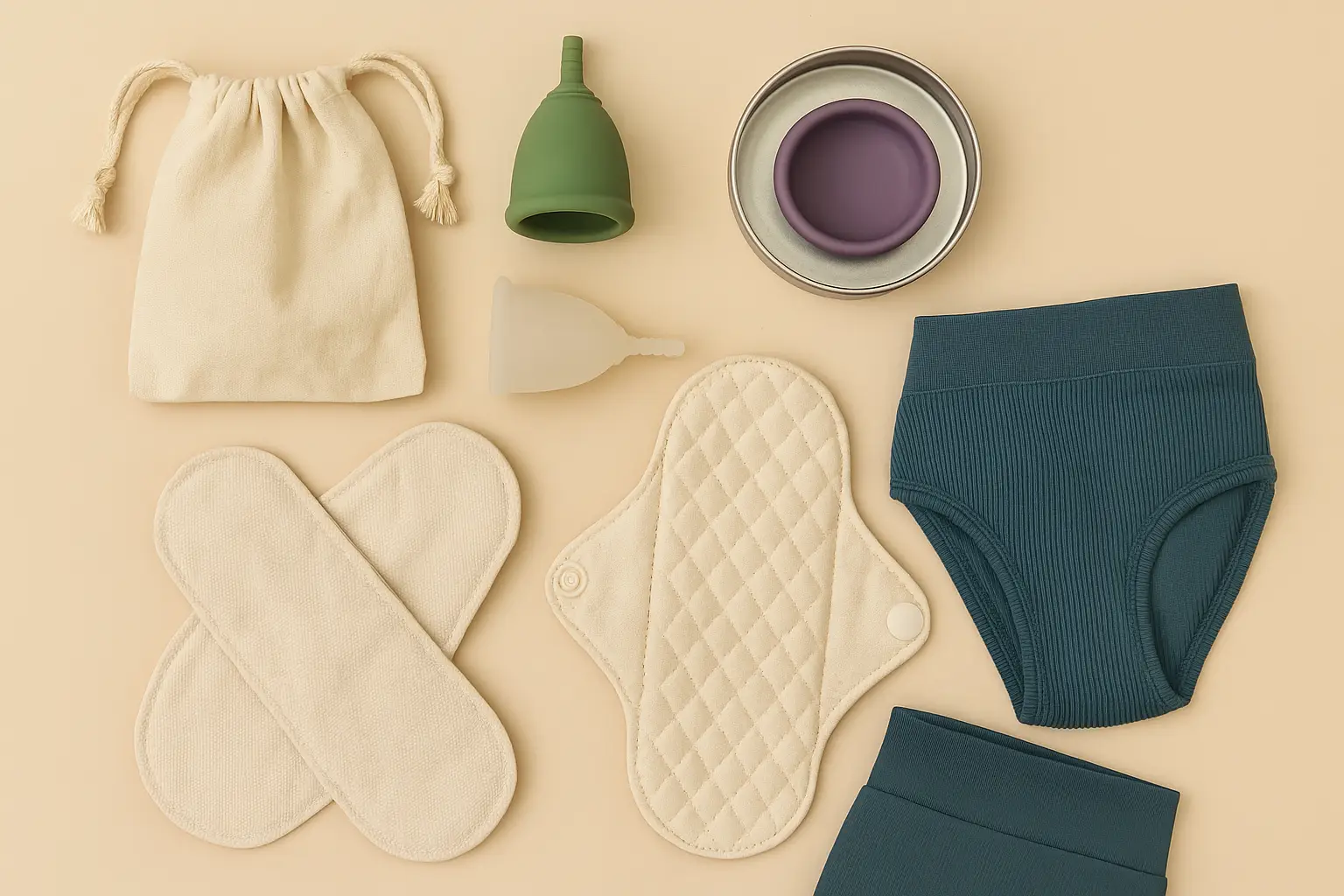
A Guide to Eco-Conscious Period Products
Insights on eco-conscious period products in a sustainable way.
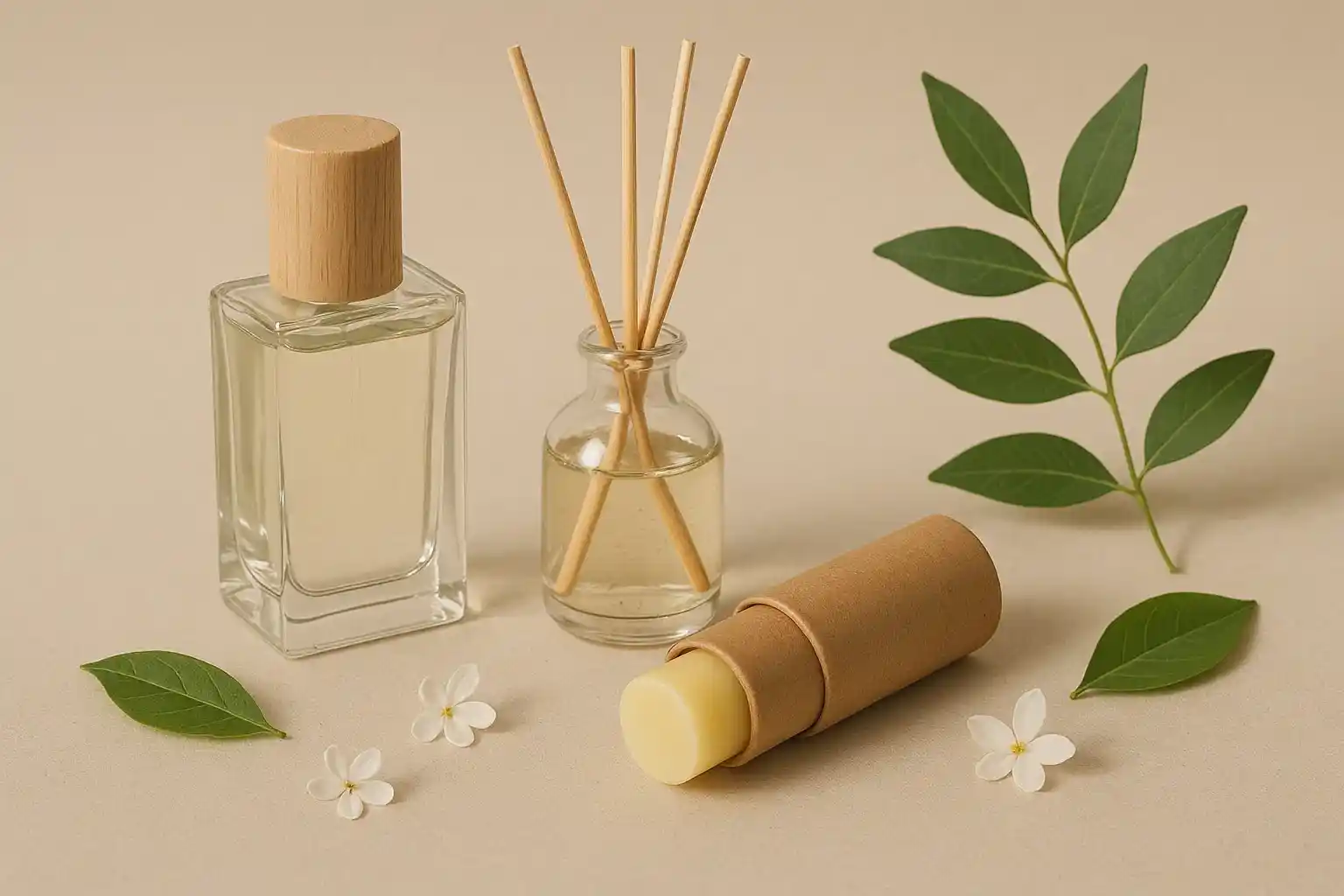
Scenting Sustainably: Choosing Eco-Friendly Alternatives to Perfume in Plastic Atomizers
Opt for solid perfumes, refillable glass bottles, or essential oil blends for fragrance without microplastics.
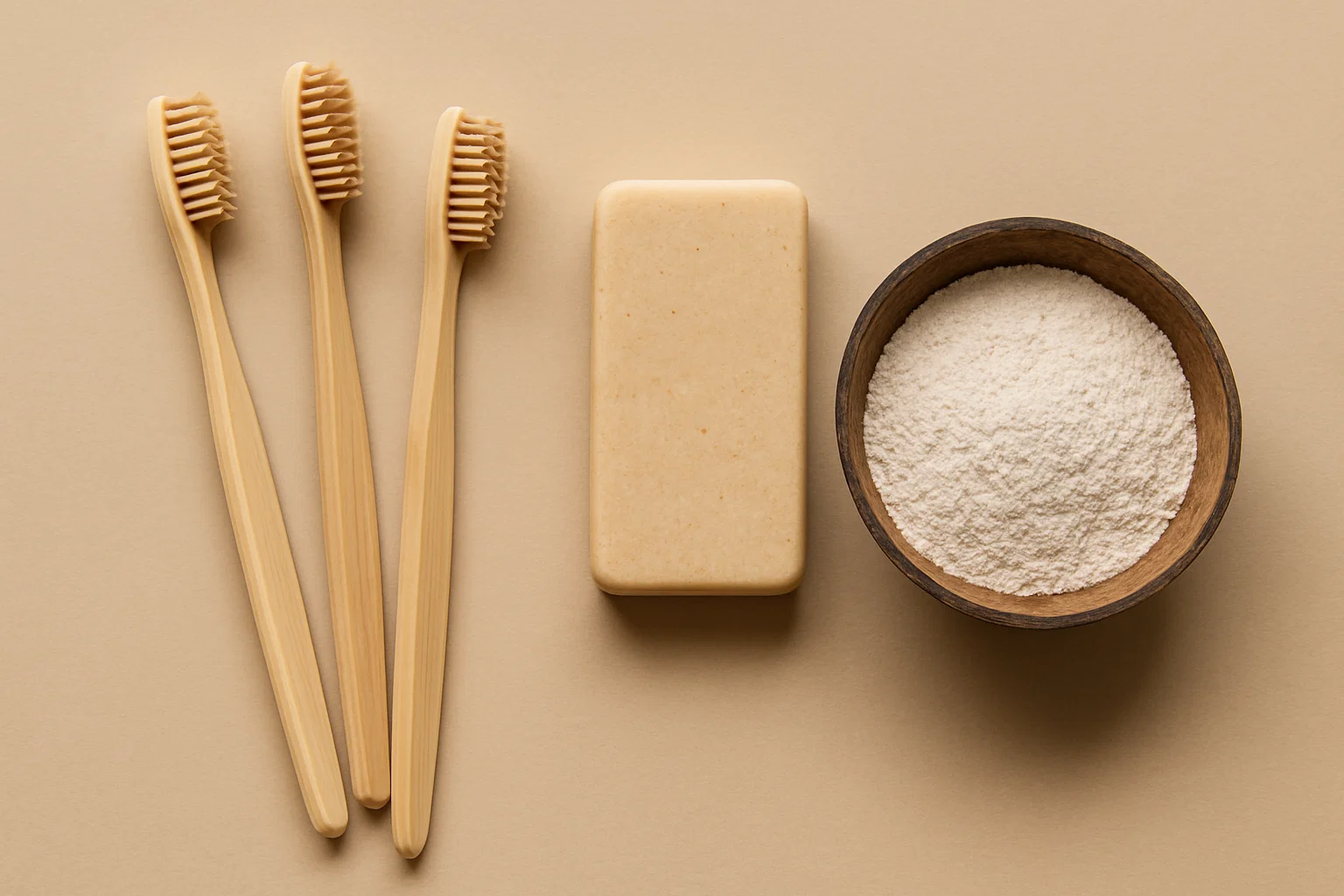
Smile Sustainably: Your Guide to Eco-Friendly Alternatives to Plastic Toothbrushes
Choose bamboo toothbrushes, recyclable heads, or miswak sticks for plastic-free dental care.

Uncomplicating Your Glow: Your Guide to Building a Minimalist Skincare Routine
Practical advice and actionable tips for how to build a minimalist skincare routine.
Stay in the Loop
Get tips and insights tailored to your interests — no spam, just sustainability.